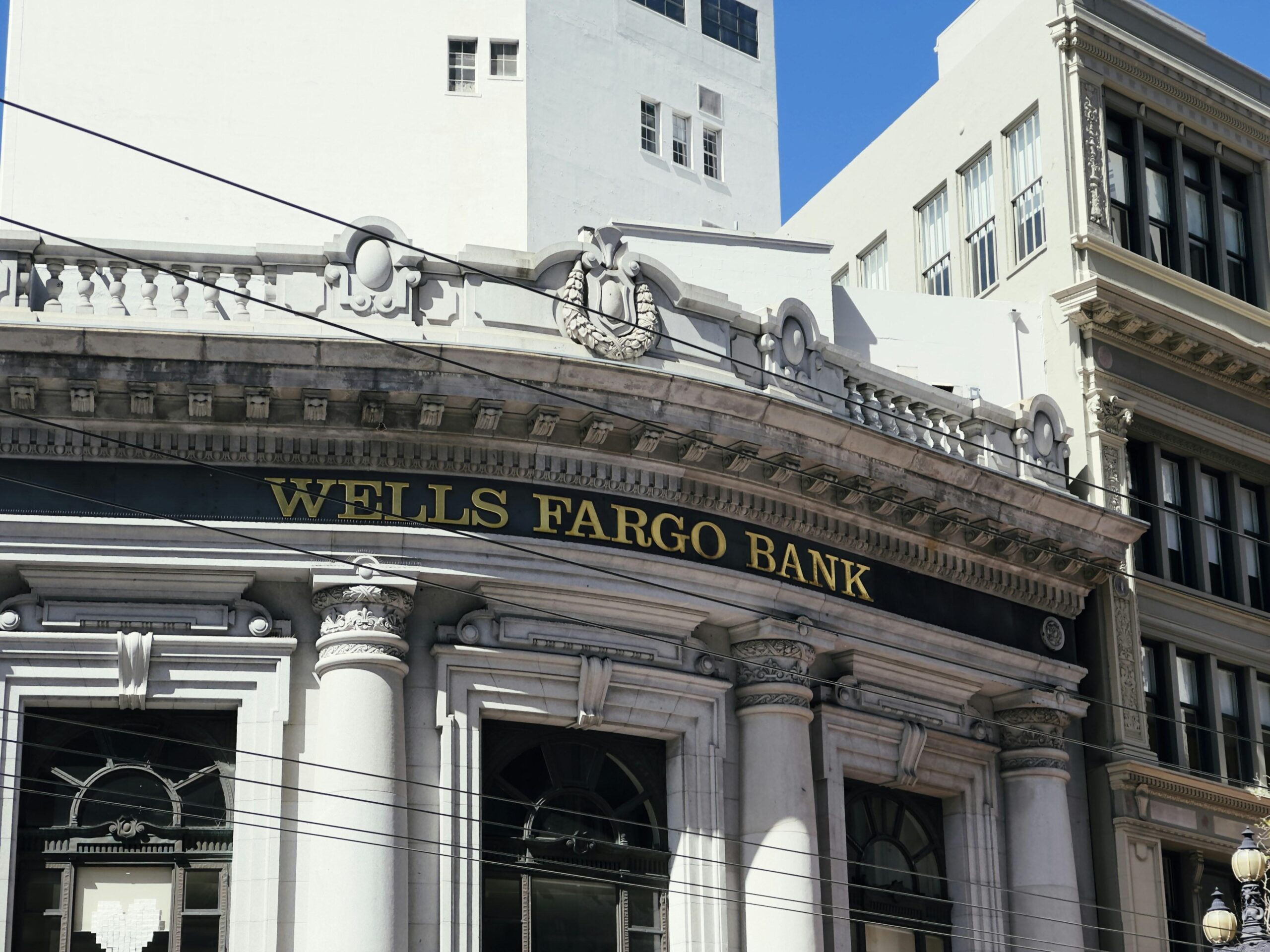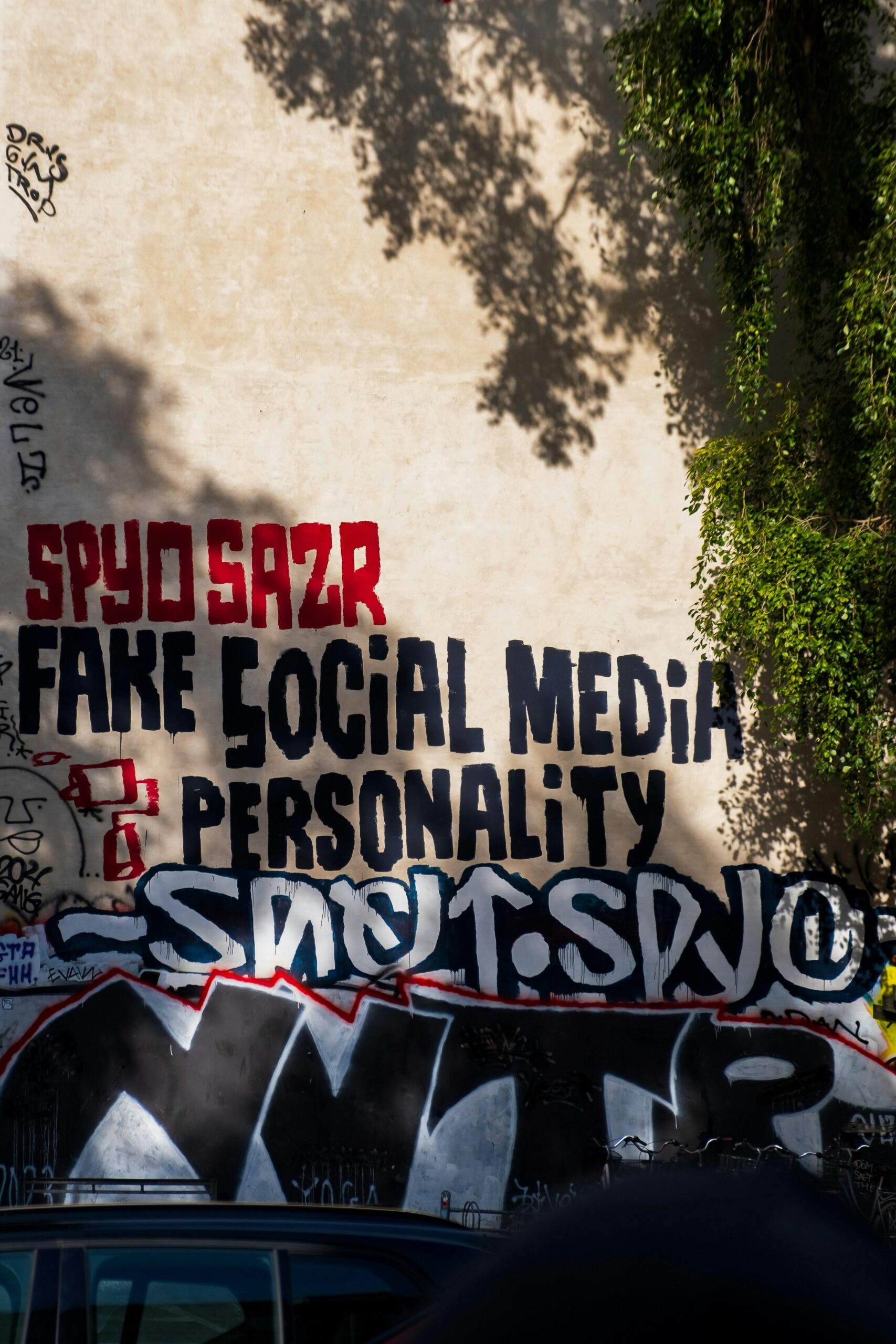If you’ve been following the world of finance and corporate news over the past few years, chances are you’ve come across the Wells Fargo fake accounts scandal. But what exactly happened behind the scenes at one of America’s biggest banks? How did this massive breach of trust come to light, and what were the consequences? In this blog post, we’ll take a curious dive into the heart of the scandal—unpacking the key events, the motivations, and the ripple effects that continue to shape the banking industry today. Let’s explore what really went down inside Wells Fargo.
Table of Contents
- Unraveling the Origins of the Wells Fargo Fake Accounts Scandal
- How Employee Pressure Fueled a Culture of Fraudulence
- The Impact on Customers and the Banking Industry at Large
- Key Lessons and Practical Steps to Prevent Future Scandals
- To Wrap It Up
Unraveling the Origins of the Wells Fargo Fake Accounts Scandal
The Wells Fargo fake accounts scandal dates back to the early 2010s, when employees, under immense pressure to meet aggressive sales targets, resorted to creating unauthorized accounts. This practice was not merely an isolated incident but seemed to be embedded deeply within the bank’s organizational culture, fueled by unrealistic expectations and a flawed incentive system. Employees opened millions of accounts without customer consent, ranging from credit cards to deposit accounts, often without customers’ knowledge until the media spotlight unveiled the disturbing reality.
Several factors contributed to this crisis, including:
- High-pressure sales quotas that prioritized quantity over quality
- A lack of effective oversight and internal controls to detect fraudulent behavior
- Cultural norms that discouraged whistleblowing and rewarded dubious practices
Ultimately, these conditions created a perfect storm where unethical actions became commonplace, revealing serious flaws in Wells Fargo’s governance and risk management. The fallout forced the bank to rethink how it defines success and holds employees accountable, aiming to restore trust after one of the most significant corporate scandals in recent history.
How Employee Pressure Fueled a Culture of Fraudulence
At the heart of the scandal was an environment where intense pressure to meet unrealistic sales targets led employees down a troubling path. Workers were often pushed to open multiple accounts for a single customer—sometimes without their knowledge. This wasn’t just a lapse in judgment; it was a survival mechanism in a high-stress culture where failing to meet quotas could mean losing one’s job. The pressure cooker atmosphere transformed everyday banking tasks into a numbers game, encouraging shortcuts that ultimately compromised ethical standards.
Management’s aggressive emphasis on cross-selling created a perfect storm where employees felt trapped between loyalty to the company and their own moral compass. Internal reports later revealed that some tactics became almost routine, including:
- Creating unauthorized accounts to hit monthly goals
- Using fake email addresses or PINs to keep the deceit hidden
- Shifting funds between accounts to mimic legitimate activity
These actions weren’t isolated incidents but signs of a broader cultural failure, fueled by relentless pressure and a shortsighted focus on sales performance over customer trust.
The Impact on Customers and the Banking Industry at Large
The fallout from the Wells Fargo scandal rippled far beyond just the affected account holders, shaking customers’ trust in one of America’s largest banks. Consumers felt profoundly betrayed, as many discovered accounts had been opened without their knowledge, leading to unexpected fees and damaged credit scores. This breach of trust ignited widespread outrage, causing long-term reputational harm and prompting many customers to reconsider their banking relationships. Financial literacy and skepticism toward big banks surged, with clients demanding greater transparency and accountability for how their personal information is managed.
For the banking industry, the scandal served as a sobering reminder of the perils that accompany unchecked sales-driven cultures. Institutions across the sector faced their own scrutiny, encouraging a wave of regulatory reforms and internal policy overhauls. Key lessons emerged, such as:
- The importance of ethical practices over aggressive sales targets
- Enhancing compliance and oversight mechanisms
- Reinforcing customer-centric approaches in product development and service
- Promoting open communication channels to detect fraud early
Consequently, banks have been forced to realign their business models, focusing more on restoring faith and less on superficially inflated growth metrics. The Wells Fargo episode has undeniably reshaped how financial institutions approach both risk and consumer relationships in the 21st century.
Key Lessons and Practical Steps to Prevent Future Scandals
One of the most crucial takeaways from the Wells Fargo scandal is the undeniable importance of corporate transparency and ethical leadership. When companies prioritize aggressive sales targets over genuine customer care, the risk of unethical practices skyrockets. To avoid repeating history, businesses must foster an environment where employees feel empowered to speak up without fear of retaliation. Additionally, regular audits and clear accountability structures are essential to ensure that misconduct doesn’t go unnoticed. This means cultivating a company culture where integrity isn’t just a buzzword but a measurable priority.
Practical steps to mitigate future risks revolve around reshaping incentive systems and enhancing oversight. For example, organizations can:
- Implement performance metrics that balance qualitative and quantitative results, avoiding overly aggressive sales goals.
- Introduce anonymous whistleblower programs that protect and encourage reporting unethical behavior.
- Invest in comprehensive employee training focused on ethics and customer-centric service, not just sales techniques.
- Enhance transparency by making customer complaints and internal investigations more accessible to regulators and stakeholders.
By embracing these proactive strategies, companies can protect their reputation, maintain customer trust, and ultimately build a sustainable business free from scandal. The Wells Fargo episode serves as a powerful lesson: ethical lapses may bring short-term gains, but long-term success demands unwavering commitment to integrity.
To Wrap It Up
As we peel back the layers of the Wells Fargo fake accounts scandal, it’s clear that this wasn’t just a case of a few bad apples—it was a symptom of deeper systemic issues within corporate culture and oversight. Understanding what happened helps us grasp the complex pressures that can lead to such widespread misconduct. While Wells Fargo has taken steps toward reform, the ripple effects of this scandal continue to influence how we think about accountability in the banking world. It’s a fascinating, cautionary tale that reminds us to stay curious and critical about the institutions we trust with our money. Who knows what other stories lie beneath the surface waiting to be uncovered?











